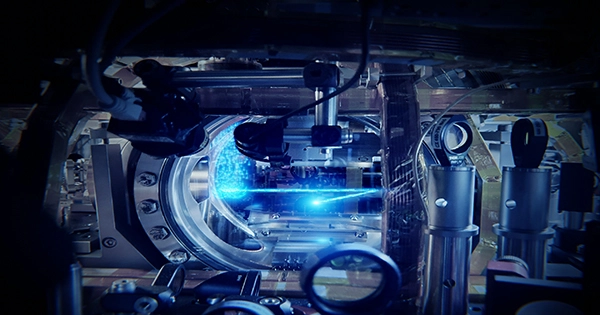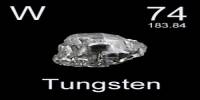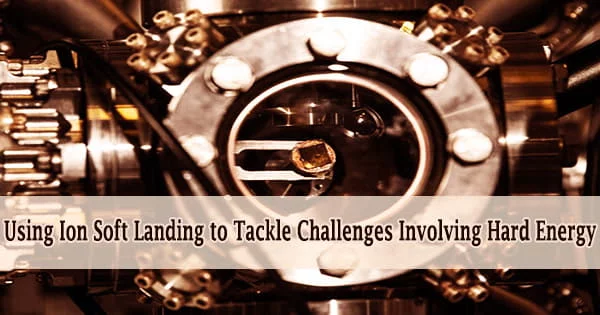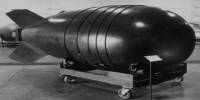Researchers at the University of Tsukuba’s Tsukuba Research Center for Energy Materials Science have shown how to make ionic liquid microdroplets that function as flexible, durable, and pneumatically tunable lasers via a straightforward process. This new invention might make it possible to create lasers that can be utilized in traditional settings, unlike current “droplet lasers” which cannot function in the atmosphere.
Lotus plants are prized for their aesthetic appeal and an impressive capacity for self-cleansing. Water droplets will roll off a lotus leaf in nearly perfect spheres rather than flattening out on the surface. Microscopic bumps in the leaf are the reason for this “lotus effect.”
The University of Tsukuba has now developed liquid droplets that can function as lasers and stay steady for up to a month by utilizing an artificial lotus effect. The “droplet lasers” that are now on the market cannot be used under ambient circumstances since, absent a container, they will evaporate.

In this recent study, a laser-enabling dye was added to an ionic liquid termed 1-ethyl-3-methylimidazolium tetrafluoroborate (EMIBF4). Because of its low rate of evaporation and high surface tension, this liquid was chosen. Then, small fluorinated silica nanoparticles are deposited onto the material to make a quartz substrate impervious to liquids. The tiny droplets of EMIBF4 that are applied to it using a pipette continue to be almost entirely spherical. The droplet could sustain its stability for at least 30 days, the researchers demonstrated.
According to the original author, Professor Hiroshi Yamagishi, “the required morphological and optical features of the droplet were expected by mathematical simulations to stay even when subjected to gas convection.”
When excited with a laser pumping source, the droplet can retain an optical resonance due to its form and resistance to evaporation. By gently altering the morphologies of the droplets, blowing nitrogen gas can modify laser peaks in the 645–662 nm region.
According to Professor Yamagishi, “This is the first liquid laser oscillator that is reversibly tunable by the gas convections.”
Another application for the laser droplet is as an extremely sensitive humidity sensor or airflow detector. The researchers next made use of a commercial inkjet printing device that has a printer head capable of printing with a viscous liquid. No additional treatment was required for the printed arrays of laser droplets to function.
The results of this study show that the production is highly scalable and simple to carry out, making it easily adaptable to the production of low-cost sensor or optical communication devices. New airflow detectors or less expensive fiber-optic communications could result from this research.
















